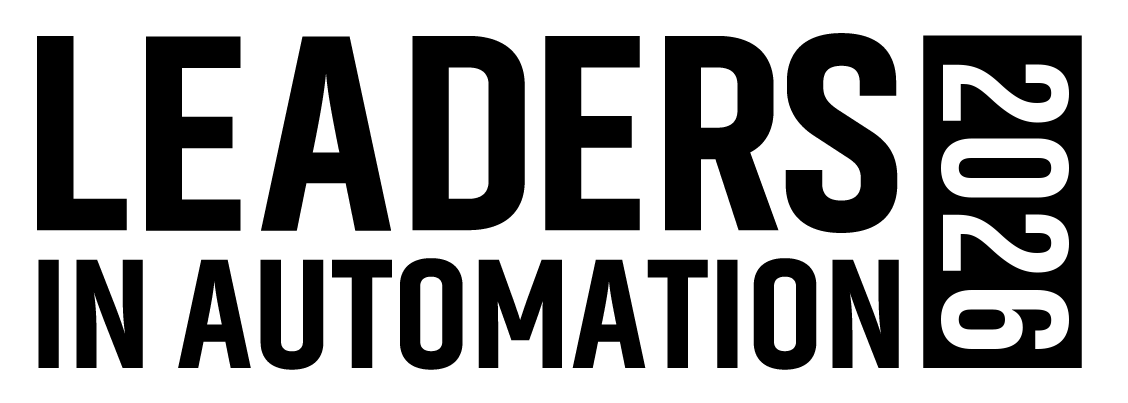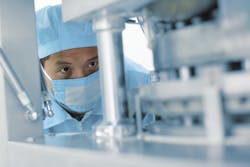The pharmaceutical industry presents a great opportunity for system integrators, especially those prepared to navigate the ins and outs of regulatory compliance. This was a key message from Bob Maroney, vice president of site operations for Amgen Manufacturing Ltd (AML) in Juncos, Puerto Rico.
Close to 500 system integrators and other attendees are gathered in Puerto Rico this week for the Control System Integrators Association (CSIA) Executive Conference. It’s the 18th year of the conference, but the first time it’s been held in Latin America.
José Rivera, who was made CEO of CSIA last year, spent two years working in Puerto Rico, and knew it was much more than just a pretty place to hold a meeting. It’s also the fifth largest biopharma hub in the world, with the pharmaceutical industry generating more than 60 percent of the island’s manufacturing activity.
Given its easy-to-reach location in the Caribbean and “some of the best beaches in the world,” you might think that people come to Puerto Rico primarily as tourists. But the tourism sector accounts for only 7 percent of the island’s GDP, according to Rafael Castro, vice president of operations for the Pharmaceutical Industry Association of Puerto Rico (PIA). Manufacturing makes up about 50 percent, he said. Biopharma alone accounts for 30 percent of Puerto Rico’s GDP.
Pharmaceutical companies started making their way onto the island in the late 1960s, medical device companies then joined the fray, and in the past 20 years, Puerto Rico has been an important player in the biopharma revolution, Castro said. Nine of the world’s top 14 biopharma companies have plants in Puerto Rico, and 11 of the top 20 medical device companies.
Amgen, one of the world’s leading biotech companies, has its largest manufacturing site in Juncos, Puerto Rico. It’s a 1.7 million square foot facility with six manufacturing plants, a QC lab and a water treatment plant. It has about 1,900 full-time employees and about 1,000 contractors.
Many of those contractors “are doing the kind of work that you all are doing,” Maroney told the system integrators attending the CSIA conference. “There is tremendous opportunity in this industry.”
Those opportunities come in large part because of regulations that pharma companies like Amgen now face and could use help from those who better understand what those regulations mean for system automation.
Puerto Rico’s status as a U.S. territory means that it biopharma industry is highly regulated by the U.S. Food and Drug Administration (FDA) and other international regulatory agencies. “Regulatory compliance in the life sciences industry has increased dramatically in the last 10 years,” Maroney said, adding that validation of their systems has become such a critical component of the business. “We spend probably 35 percent of the capital that’s associated with automation and integration on just the validation piece.”
Besides the FDA, pharma companies face regulations from a slew of comparable agencies in other countries. “They’re always raising the bar,” Maroney said. “It makes it very, very challenging, and it’s very, very costly.”
Maroney is looking more into completely outsourcing the automation of Amgen’s operations in Puerto Rico. “We’re producing over 80 percent of the products for Amgen; it’s the most important site for Amgen,” Maroney noted. “It’s highly automated, with a lot of instrumentation, and it requires the services of people like yourselves that help us do our jobs well.”
But it’s not just for regulatory compliance that the pharmaceutical industry needs more help from system integrators. Maroney, who is also president of PIA, understands that integrators are able to leverage the knowledge they’ve gained from other customers, including those outside the pharma industry.
Amgen’s scientists and engineers are using real-time data to look at how processes are performing, but this is something that is brand new to the industry, Maroney said. “We’re just in our infancy when it comes to using data and integrating systems to make things work better for us,” he said. They’re also in their infancy in the use of overall equipment effectiveness (OEE), looking at how well their packaging or formulation lines are running. “We’re nowhere near where other industries are when it comes to using this data.”
Yield improvement is another area with big opportunities for improvement, according to Maroney. “Every drop of protein that we make is worth thousands of dollars,” he said. “It’s usually important to take—as much as we can—the human factor out and put controls in place.”
So the opportunities are there for those with the knowledge. “We need your help—not only from a technical standpoint, but understanding what others are doing so we can leverage that,” Maroney said. “Outside the industry too. We’re a little bit cloistered, and we’re not leveraging enough from other industries. And we need people who get the regulatory piece.”
About the Author
Aaron Hand
Editor-in-Chief, ProFood World

Leaders relevant to this article:
